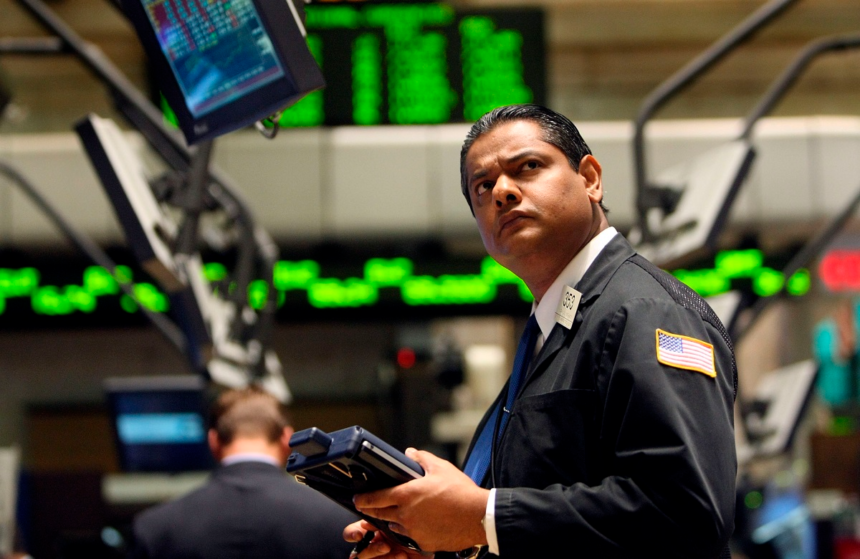A significant and uncommon event on Wall Street has raised concerns about the future trajectory of stock prices. This year has highlighted the stock market’s potential for wealth creation for patient investors, with major indices like the S&P 500, Dow Jones Industrial Average, and Nasdaq Composite reaching multiple record highs. Despite some volatility earlier in the year, driven by tariff-related issues, investors have been buoyed by developments in artificial intelligence (AI), quantum computing, and expectations of interest rate cuts.
However, while new peaks in stock prices garner media attention, a crucial factor warrants scrutiny: stock valuations. Distinguishing between individual companies’ worth is subjective, but one reliable indicator is the Shiller price-to-earnings (P/E) ratio. This cyclically adjusted P/E ratio averages earnings over a decade, adjusting for inflation and providing a more stable valuation metric than the traditional P/E ratio, which focuses on the trailing 12 months’ earnings.
Historically, the average Shiller P/E for the S&P 500 stands at 17.29. Recently, the ratio reached a troubling level of 40.32, marking a 133% premium over the long-term average. This situation is particularly noteworthy since similar peaks have occurred only three times since January 1871, with the most recent instance on October 8, 2025. Prior high readings occurred in December 1999 during the dot-com bubble and January 2022 amid fiscal stimulus efforts.
History suggests that following such peaks, significant declines in stock values tend to follow. For example, after the 1999 peak, the S&P 500 and Nasdaq Composite experienced stunning drops of 49% and 78%, respectively, by 2002. Similarly, a bear market in 2022 saw the S&P 500 lose 25% of its value.
Historically, six instances since 1871 recorded Shiller P/E values exceeding 30 during a bull market, with declines in major indices following each occurrence, ranging from 20% to 89%. Thus, while these elevated valuations may indicate an impending downturn, they also speak to the cyclical nature of markets where corrections, bear markets, and crashes are normal.
Despite these short-term concerns, the longer-term outlook remains promising. Past performance suggests that major downturns are typically short-lived, with corrections and bear markets eventually giving way to recovery. An analysis by Bespoke Investment Group, which compared the duration of bull and bear markets, found that bear markets have historically lasted an average of just 9.5 months, while bull markets have persisted for over two years.
While historical patterns indicate potential short-term adversity, they also reinforce the ideal for long-term investors. Those with a patient approach to investing have consistently positioned themselves well for wealth accumulation over time, even amidst market fluctuations.






